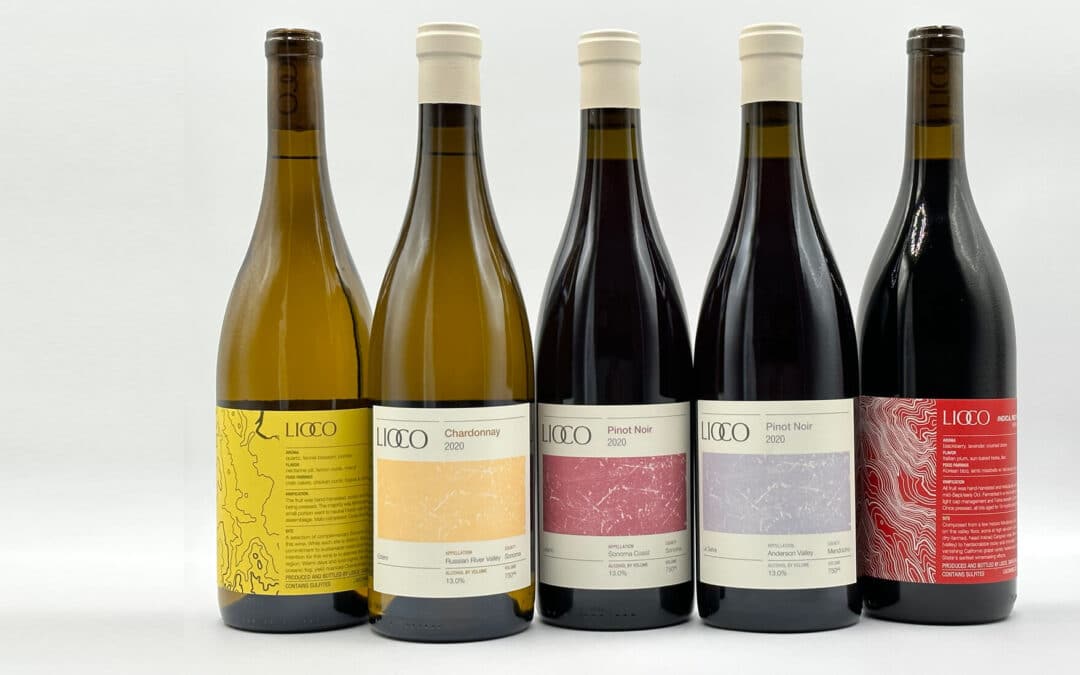Every year in January, we release our appellation level wines. The word “appellation” denotes a geographically defined viticultural area. These wines represent some of the best values in our portfolio in the same way that in Burgundy their “villages” wines do. LIOCO’s are generally a blend of 2 to 4 Vineyards. The goal with these wines is no different than it is for our single vineyard wines, which is to reflect as transparently as possible the characteristics of place. The only difference here is…the place.
Rather than one finite vineyard expression, we are looking for the broader expression of a well-defined growing zone. The underlying premise here is that there is a difference between Pinot Noir grown in the Sonoma Coast and Pinot Noir grown in the Anderson Valley of Mendocino. This is a beautiful thing and something to be celebrated. Frankly, it is what separates wine from every other fermented beverage on planet earth. The intelligent grapevine’s ability to render fruit that once fermented is imbued with hyper-specificity. Spirits cannot do this as accurately (although single village Mescals make a case for this). Neither can beer.
Two wines in our winter release that really personify this concept are the two appellation Pinot Noirs, which grow in what are arguably the two Best Pinot Noir zones in North America. Fighting words perhaps but that is our opinion. 😉 Our Lejano Pinot Noir is a blend of two vineyards on the foggy Sonoma Coast. The soils are a mixture of sand, clay, and volcanic rock. The resulting wine shows the classic characteristics this region is known for— sour red fruits like rhubarb, pomegranate, and cranberry. This region’s clay-abundant soils contribute a weight and density to these wines not found in many other Pinot neighborhoods. What keeps these Sonoma Coast wines in balance however is the ocean born acidic structure. Acid is all. It makes the wine finish with a mouth watering savoriness. Our La Selva Pinot Noir from the Anderson Valley is grown on decomposed sandstone (another interesting soil on which to grow wine) but is perhaps more impacted by the dense redwood forests this region is well known for. There is an aerosol effect on the wines and they smell like pine sap. They also smell of just-picked coastal berries and dried mushroom and freshly turned soil. Because there is no clay in the soil, there is more levity to these wines. They also carry a higher pH and feel a little softer in the mouth.
What’s interesting is how close together these growing zones are separated by just a few miles and a mountain range. They share a common bond in their proximity to the Pacific Ocean and their relationship to the surrounding forests. But alas, they deliver Pinot Noir with a dramatically different expression. This is what the French might call terroir. And it’s what our friend Prudy Foxx, viticulturalist in Santa Cruz calls “airroir,” a cheeky riff that pays proper respect to the aresol affect on these vines. As the French say: “Vive le Difference!”

